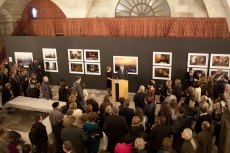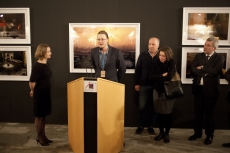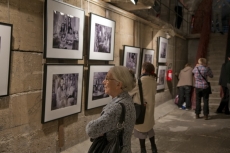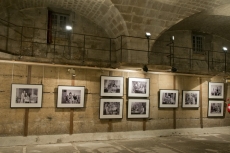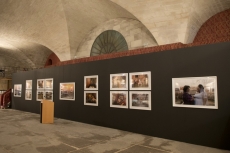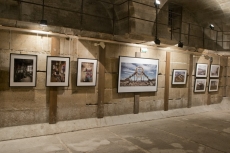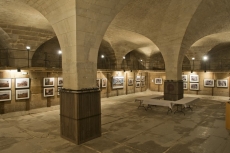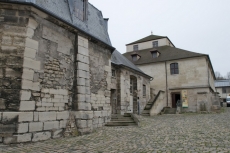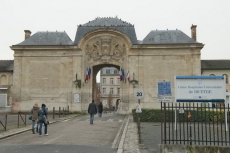Russia beyond the mythologies
Ivan Mikhailov, Sergey Shestakov, Anna Skladmann, Tim Parchikov
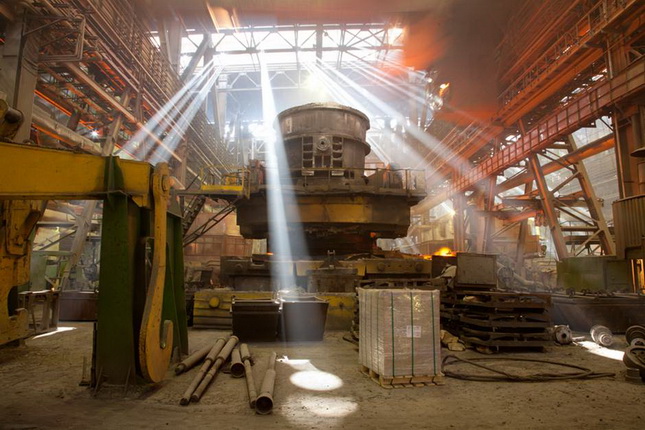
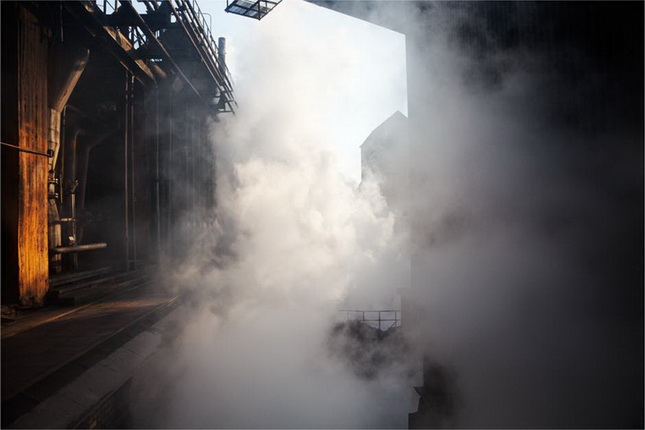
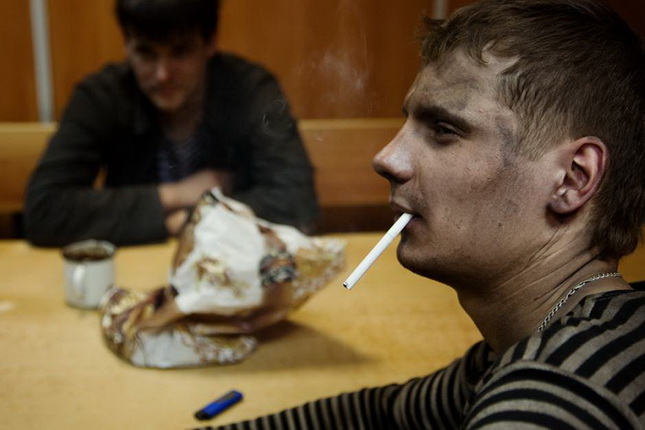
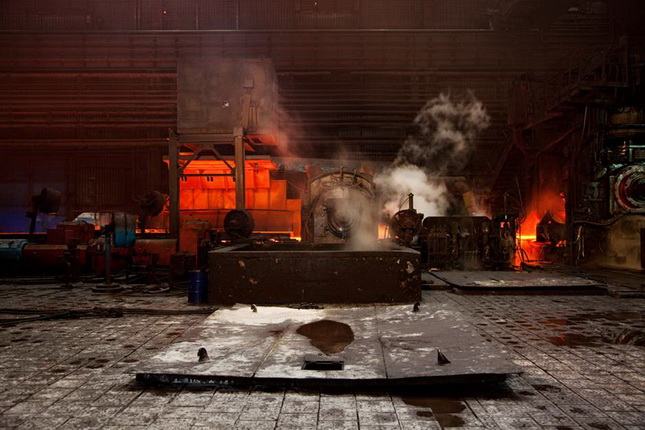
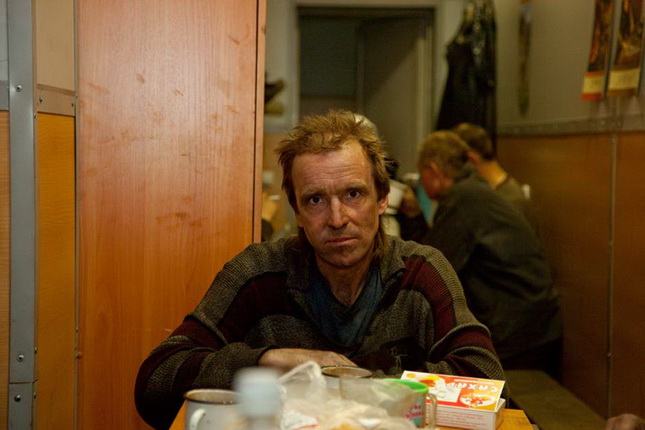
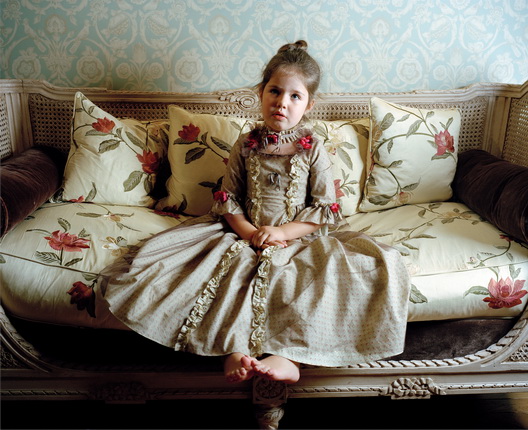

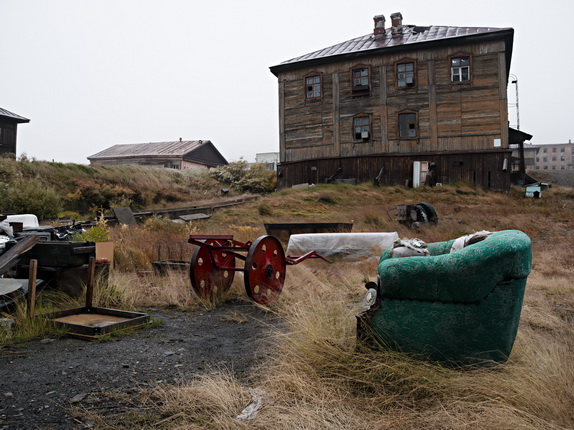
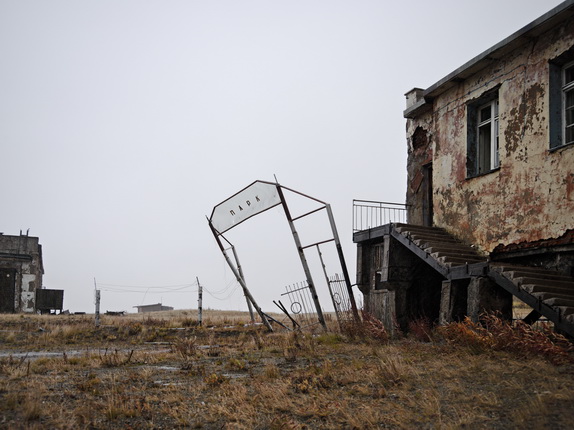

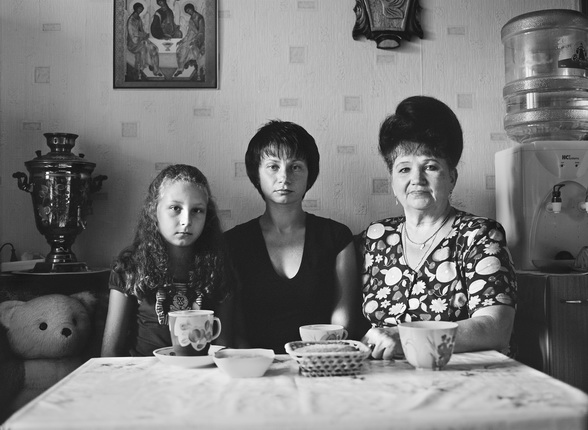
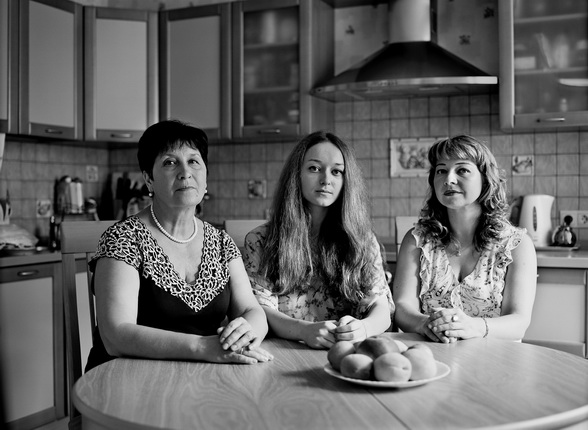
Tim Parchikov. Magnitogorsk. 2010 - 2011
Tim Parchikov. Magnitogorsk. 2010 - 2011
Tim Parchikov. Magnitogorsk. 2010 - 2011
Tim Parchikov. Magnitogorsk. 2010 - 2011
Tim Parchikov. Magnitogorsk. 2010 - 2011
Anna Skladmann. ‘Little Adults’. 2009 - 2010
Anna Skladmann. ‘Little Adults’. 2009 - 2010
Sergey Shestakov. Untitled. From the project ‘Journey into the Future. Stop #2’. 2011. C-print. Collection of Moscow House of Photography Museum
Sergey Shestakov. Untitled. From the project ‘Journey into the Future. Stop #2’. 2011. C-print. Collection of Moscow House of Photography Museum
Ivan Mikhailov. Daughters Mothers. 2012
Ivan Mikhailov. Daughters Mothers. 2012
Ivan Mikhailov. Daughters Mothers. 2012
Kremlin-Bicêtre, 14.01.2014—22.02.2014
exhibition is over
Bicêtre Hospital
Grand Réservoir de l’Hôpital de Bicêtre, 78, rue General Leclerc, Kremlin Bicêtre, France
www.russenko.fr
Share with friends
As part of the RussenKo festival 2014, Kremlin-Bicêtre, France
For the press
Magnitogorsk — the child of one of the greatest utopias of last century. It was the fist «monogorod» (a city built around a production plant) built in the 1930s and was formed in the empty land in the southern Urals around the Magnetic Mountain, which is where the city’s name comes from. Today the Magnetic Mountain has almost disappeared. All the ore has already been dug up and the raw materials now come from Kazakhstan. The city’s population comes close to half a million. This is one of the most polluted cities in the world. The smog clouds never lifts from the city, and they give off a yellow light with pink shadows. This is still a «monogorod» and depends, more than ever, on the factory. All small and middle sized businesses of the city are connected to the production. The airport, the city administration, including the appointment of the mayor, all depend on the production’s management, that also responsible for the support of a hockey team as well as a loyalty to the party in power. It seems that time has stopped in this city. The utopia has been buried. There are no more illusions, but the disillusions are also no longer felt. It is well known that the situation is not stable, that the new economic crisis, or competition from the Chinese metal market can destroy the factory at any point, and the city could descend into an economic and humanitarian catastrophe. This hidden threat is constantly present in the city and this element threads through all the aspects of life here.
Facility C, Anadyr-1 — military unit 75414 NMU (nuclear military unit) Built in 1958 by order of Nikita Khrushchev as part of the USSR Northern Nuclear Defence project. This unit directed intercontinental ballistic missiles (ICBM) launches aimed at the USA. The facility located ten kilometres from the aerodrome included the military town Anadyr-1, an ICBM base and underground railway for transporting cargo. To comply with the signed agreement for SRBM and MRBM (short- and medium-range ballistic missiles) the USSR had to destroy all its SS-20s in 1991. The facility was deactivated between 1992 and 1998, and in 2002 the military abandoned it altogether. Residents of the military town were resettled in Engels and Saratov.
‘Everything will be fine, just different...’
Two years ago I began a research project on what modern civilisation is leaving behind for future generations. My 2010 photographs of the town of Pripyat at Chernobyl suggested a name for the project — ‘Journey into the Future’. That was the title of one of the partially decayed children’s books left in a kindergarten after the horrific accident. Chernobyl was ‘Journey into the Future. Stop #1’.
On my first visit to the tiny settlement in Chukotka that the locals call Gudym (the story goes that a certain Colonel Gudymov was head of construction — he shot himself the day after work began to build the facility, after receiving a congratulatory telegram from the Pentagon), there was a strange feeling that I had seen all this before — in Chernobyl, in the Norwegian town of Pyramiden and Famagusta in Cyprus... Different towns, different countries, different reasons why people were forced to leave their homes...
In Pripyat the only living soul was an old lady who lived generally on mushrooms and berries. In Gudym the only inhabitant of a settlement where several thousand people once served is Tatyana Georgievna. Above an icon in her small room, there is a scrap of paper with words written in ballpoint: ‘Everything will be fine, just different...’ God knows how she manages to exist without the elementary comforts of life and still retain her optimism and genuine goodwill. This woman and the words that became an epigraph for my work make us believe that one day we will cease to live only for the present, exploiting the environment before letting it go to waste. We will think about the future and what we leave for our descendants.
Everything will be fine, not different!..
Sergey Shestakov
In my project I try to show my own time through a series of family portraits, through the faces of women from various generations, concentrating on such subject as genetic memory. This is an attempt to examine the nature of time and its effect on people. Tracing similarities and differences, mutual relations, the details of the period — like a vast domestic family archive that people may scrutinise hundreds of years hence, gazing into the women’s faces.
I have always liked looking at old family photographs: peering into faces, observing interior details, how people dressed and how they stared into the camera. Photography is like a time machine that allows us to travel to the past and wander through the labyrinths of memory. The greater the distance, the further the event, the easier it becomes to generalise and perceive them in their entirety.
Anna Skladmann (1986) was born in Germany in a Russian-speaking family. Anna’s first impression of Russia was a New-Year Masquerade Ball, which she attended with her parents in 2000. Children present at the ball were sitting at a separate table, but they looked and behaved like ‘grown-ups’. Anna was taken completely aback by the encounter — this childhood experience would eventually inspire the ‘Little Adults’ project. Photographer Anna Skladmann has begun a project to photograph the children of the elite of the «New Russia». Her subjects, all between 6 to 12 years of age in their own environments that combines the desires of the photographer to make a revealing portrait with the willful assertiveness of a child who seems assured and confident of his or her position in this brave new world.



